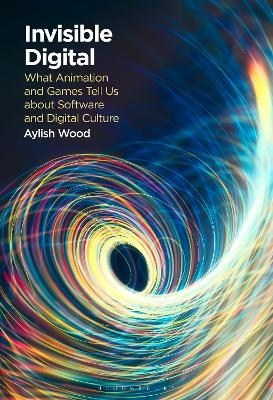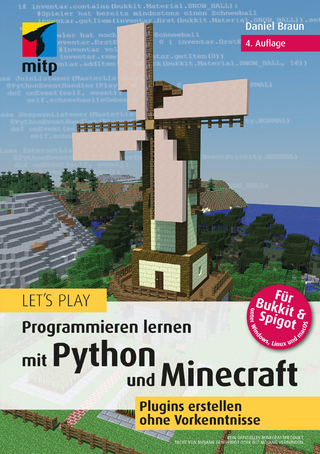
Invisible Digital
What Animation and Games Tell us about Software and Digital Culture
Seiten
2024
Bloomsbury Academic USA (Verlag)
978-1-5013-9087-6 (ISBN)
Bloomsbury Academic USA (Verlag)
978-1-5013-9087-6 (ISBN)
- Noch nicht erschienen (ca. Dezember 2024)
- Versandkostenfrei innerhalb Deutschlands
- Auch auf Rechnung
- Verfügbarkeit in der Filiale vor Ort prüfen
- Artikel merken
Invisible Digital helps us makes sense of something we cannot see by presenting an innovative approach to digital images and digital culture. At its heart is a novel method for exploring software used in the creation of moving images as markers of converging cultural, organizational and technological influences. The three main case studies of Invisible Digital are the animated feature Moana (2016) and the computer games No Man’s Sky (2016) and Everything (2017). All three were created using procedural techniques: simulation software for Moana, and procedural content generation for No Man’s Sky and Everything. Production culture disclosures associated with procedural techniques often emphasize the influences of automated systems and their algorithms, making them ideal for a study that interrogates digital processes.
The approach of Invisible Digital is informed by relational theories and the concept of entanglement based on materialist perspectives, combined with insights from work that more explicitly interrogates algorithms and algorithmic culture. Aylish Wood employs the notion of assemblages to introduce the concept of material-cultural narratives. Using this conceptual framework, she draws out material-cultural narratives for each case study to demonstrate what they reveal about software and digital culture. These analyses of software provide a widely applicable method through which moving image studies can contribute more fully to the wider and growing debates about algorithmic culture.
The approach of Invisible Digital is informed by relational theories and the concept of entanglement based on materialist perspectives, combined with insights from work that more explicitly interrogates algorithms and algorithmic culture. Aylish Wood employs the notion of assemblages to introduce the concept of material-cultural narratives. Using this conceptual framework, she draws out material-cultural narratives for each case study to demonstrate what they reveal about software and digital culture. These analyses of software provide a widely applicable method through which moving image studies can contribute more fully to the wider and growing debates about algorithmic culture.
Aylish Wood is Professor of Animation and Film Studies in the School of Arts at the University of Kent, UK. She has published in a range of journals (including Screen, Animation: An Interdisciplinary Journal, Journal of Film and Video, Convergence, Games and Culture) and the author of Software, Animation and the Moving Image (2014), Digital Encounters (2007) and Technoscience in Contemporary American Films (2002).
Introduction
Chapter 1: What Does Water Look Like?
Chapter 2: Making Waves
Chapter 3: Generating Places
Chapter 4: What Connects?
Conclusion
Bibliograpy
Index
| Erscheint lt. Verlag | 26.12.2024 |
|---|---|
| Zusatzinfo | 10 bw illus |
| Verlagsort | New York |
| Sprache | englisch |
| Maße | 152 x 229 mm |
| Themenwelt | Kunst / Musik / Theater ► Design / Innenarchitektur / Mode |
| Kunst / Musik / Theater ► Film / TV | |
| Informatik ► Software Entwicklung ► Spieleprogrammierung | |
| Mathematik / Informatik ► Mathematik ► Angewandte Mathematik | |
| Mathematik / Informatik ► Mathematik ► Finanz- / Wirtschaftsmathematik | |
| Sozialwissenschaften ► Kommunikation / Medien ► Medienwissenschaft | |
| ISBN-10 | 1-5013-9087-2 / 1501390872 |
| ISBN-13 | 978-1-5013-9087-6 / 9781501390876 |
| Zustand | Neuware |
| Haben Sie eine Frage zum Produkt? |
Mehr entdecken
aus dem Bereich
aus dem Bereich
Buch | Softcover (2021)
BILDNER Verlag
29,90 €
Buch | Softcover (2023)
MITP (Verlag)
24,99 €


